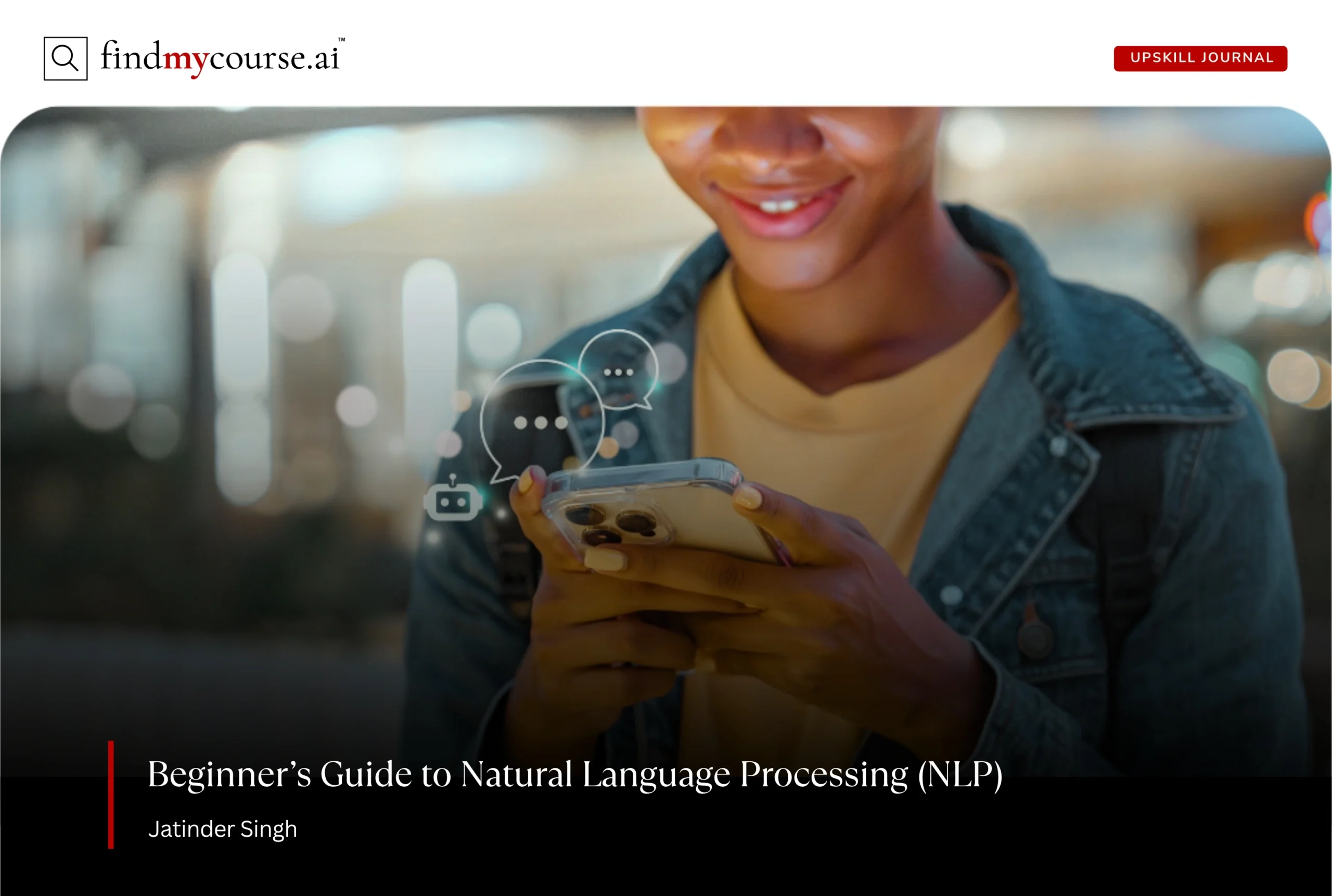Have you ever wondered how your smartphone understands what you say, or how your email knows which messages are spam? Maybe you’ve used a chatbot for customer service or typed a question into a search engine and instantly gotten the answer you needed. All of this happens thanks to something called Natural Language Processing, or NLP for short. As we move deeper into 2025, NLP is everywhere, helping people communicate with machines in ways that feel almost human. Whether you’re thinking about studying online or want to understand how technology fits into daily life, this guide will show you what NLP is all about.
What is NLP? Your Digital Interpreter
Natural Language Processing is a branch of artificial intelligence that enables computers to understand, interpret, and even reply in human language. Unlike traditional computer tasks that focus on numbers, NLP allows computers to work with words—something far more complicated! Human language, after all, brims with slang, emotion, and endless ways to say the same thing. Teaching computers to “understand” what we mean remains both a significant challenge and an incredible achievement.
NLP isn’t just for scientists or tech companies anymore. Today, it weaves through our daily routines, often in ways you might not even notice. For example, when a chatbot answers your questions instantly or an app translates your words into another language, that’s NLP at work. As our world becomes increasingly digital, the ability to “talk” to computers naturally grows ever more important.
Why is Natural Language Processing So Important in 2025?
In recent years, NLP has become essential for far more than just smart devices. Hospitals, schools, businesses, and governments now use NLP widely to solve complex, real-world problems. In healthcare, for example, NLP helps doctors and nurses quickly read and summarize vast patient notes and medical records, supporting faster diagnoses and reducing mistakes—but always as a tool to assist, not replace, healthcare professionals. Similarly, in education, NLP-powered apps empower students to study online with intelligent tools that summarize lessons or answer questions on demand. Businesses, meanwhile, rely on NLP to provide quick, round-the-clock customer service. Government agencies now process massive amounts of information faster and more accurately than ever before.
How Does NLP Work? Deconstructing the Magic
You might think of NLP as a kind of magic, but smart computer programs and lots of practice actually make it possible. Here’s a simple look at how it works:
- Input and Preprocessing
First, the computer receives language from us—this could be spoken words, a typed sentence, or even a scanned document. Before any deeper analysis begins, the computer meticulously cleans up this information. This preprocessing stage involves fixing small mistakes, removing unnecessary punctuation, and, crucially, splitting sentences into individual words—a foundational process called tokenization. - Understanding Context and Meaning
Next, the system works to figure out what we actually mean. Computers don’t naturally “get” jokes or double meanings, so NLP uses advanced models that analyze grammar, sentence structure, and how words come together. Modern NLP tools—built on powerful AI systems like GPT-4, GPT-4o, or newer—have learned from billions of sentences. This extensive training lets them “get” context, detect emotion, and sometimes even recognize sarcasm with surprising accuracy. - Generating Output or Action
Once the computer achieves understanding, it provides a response or carries out the action you requested. This could range from translating text or answering a question to summarizing an article or initiating a specific task. Some sophisticated systems can even hold continuous conversations, while others excel at detecting the underlying emotion in reviews or social media posts.
With every new breakthrough, update, and retraining cycle, these systems become more reliable, accurate, and natural than ever before.
Use of NLP in the Modern World: Your Silent Digital Helper
Natural Language Processing has become a silent helper in almost everything we do online. Here are some real-world ways you use NLP every day—even if you don’t realize it:
Conversational AI & Smart Assistants
When you talk to Siri, Alexa, or Google Assistant, NLP acts as the invisible force helping your device understand and respond correctly. It also powers the intelligent chatbots designed to solve your problems or answer your questions at any time.
Communication & Seamless Translation
Your messaging app often corrects your spelling and grammar—thanks to NLP. Beyond proofreading, translation apps powered by NLP can instantly turn your words into a different language, making it easier than ever to travel and connect globally.
Business Efficiency & Insights
Businesses use NLP to quickly sift through and analyze vast amounts of customer feedback, efficiently scan job applications, and spot emerging trends in social media. This capability saves time and helps companies serve people better and faster.
Healthcare & Accessibility Solutions
In healthcare, NLP helps to quickly read and understand huge amounts of patient records and research papers. It also makes technology accessible by creating live captions for people who can’t hear well or reading out text for those who need it.
Security & Online Safety
NLP helps keep us safe online by powering things like spam filters, fraud detection, and content checks. It finds and blocks harmful or unwanted messages before we ever see them, acting like a digital bodyguard.
NLP continues to make life smoother, safer, and more inclusive—no matter your age or background.
Getting Started with NLP
If you’re interested in exploring Natural Language Processing, you don’t need to be a tech expert to begin. Start with simple articles or beginner videos to build a foundation. Also try free or affordable online courses from trusted sites like Coursera, AWS, DataCamp, and DeepLearning AI. These platforms let you study at your own pace, often with hands-on projects like building chatbots or sentiment analyzers.
If you prefer not to code, look for “no-code” tools that make experimenting with NLP surprisingly easy. Finally, join NLP forums or online groups to ask questions and share ideas to learn and grow. With today’s abundant resources, getting started with NLP is more accessible than ever before. So, keep reading, learning, and exploring; you might be surprised by what you can create or discover!
Final Thoughts: The Human Side of NLP
Looking ahead, Natural Language Processing will play an even greater role in our daily lives. Soon, we’ll see voice assistants that sound truly human, translations that feel effortless, and smarter tools that understand perfectly. As NLP continues to break down barriers and make technology more accessible for everyone, transforming the way we communicate. And whenever you’re ready to dive deeper into NLP or just need a hand navigating this tech-driven world, our AI assistant is here to guide you.



2 thoughts on “Understanding Natural Language Processing (NLP): A 2025 Guide”
Comments are closed.